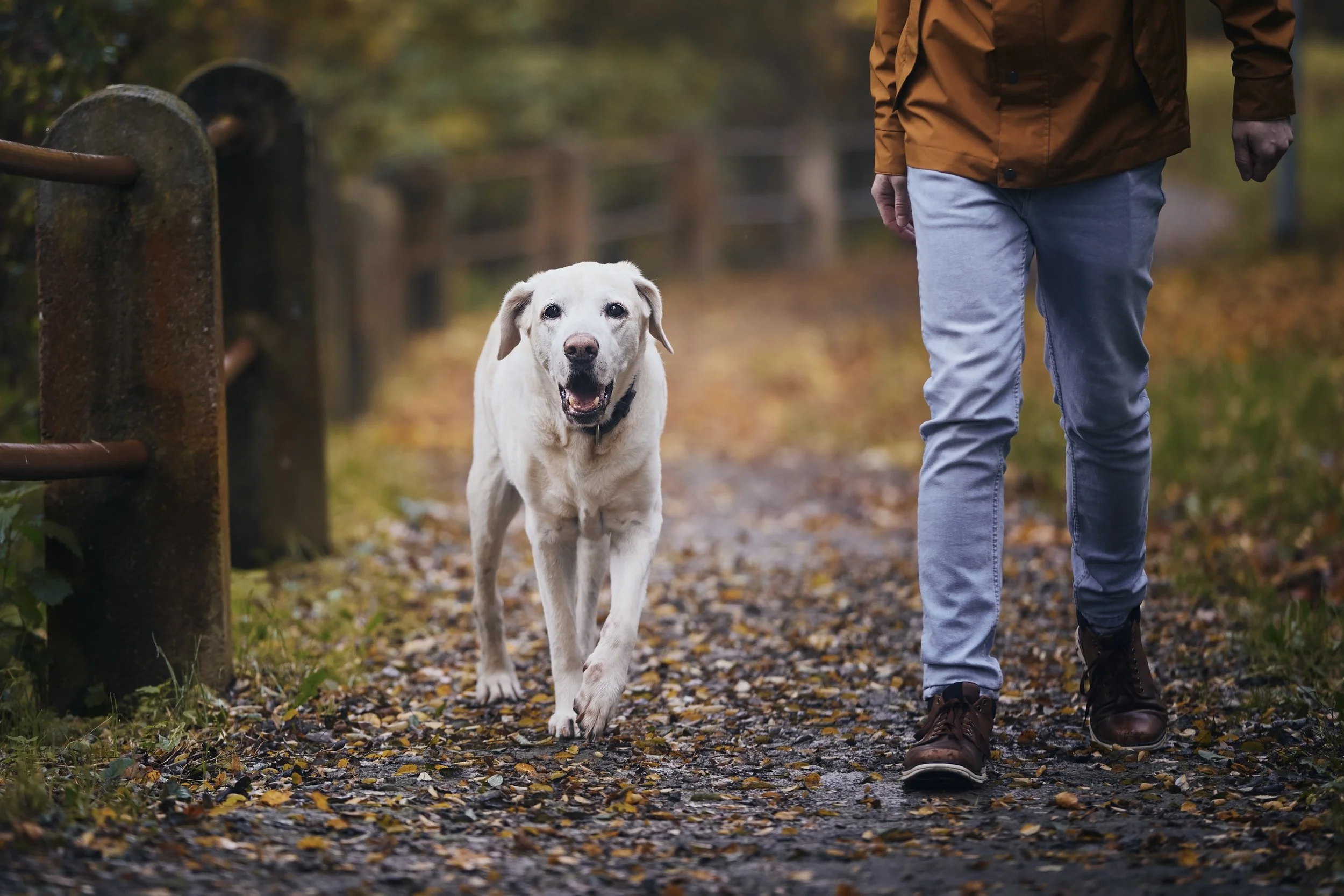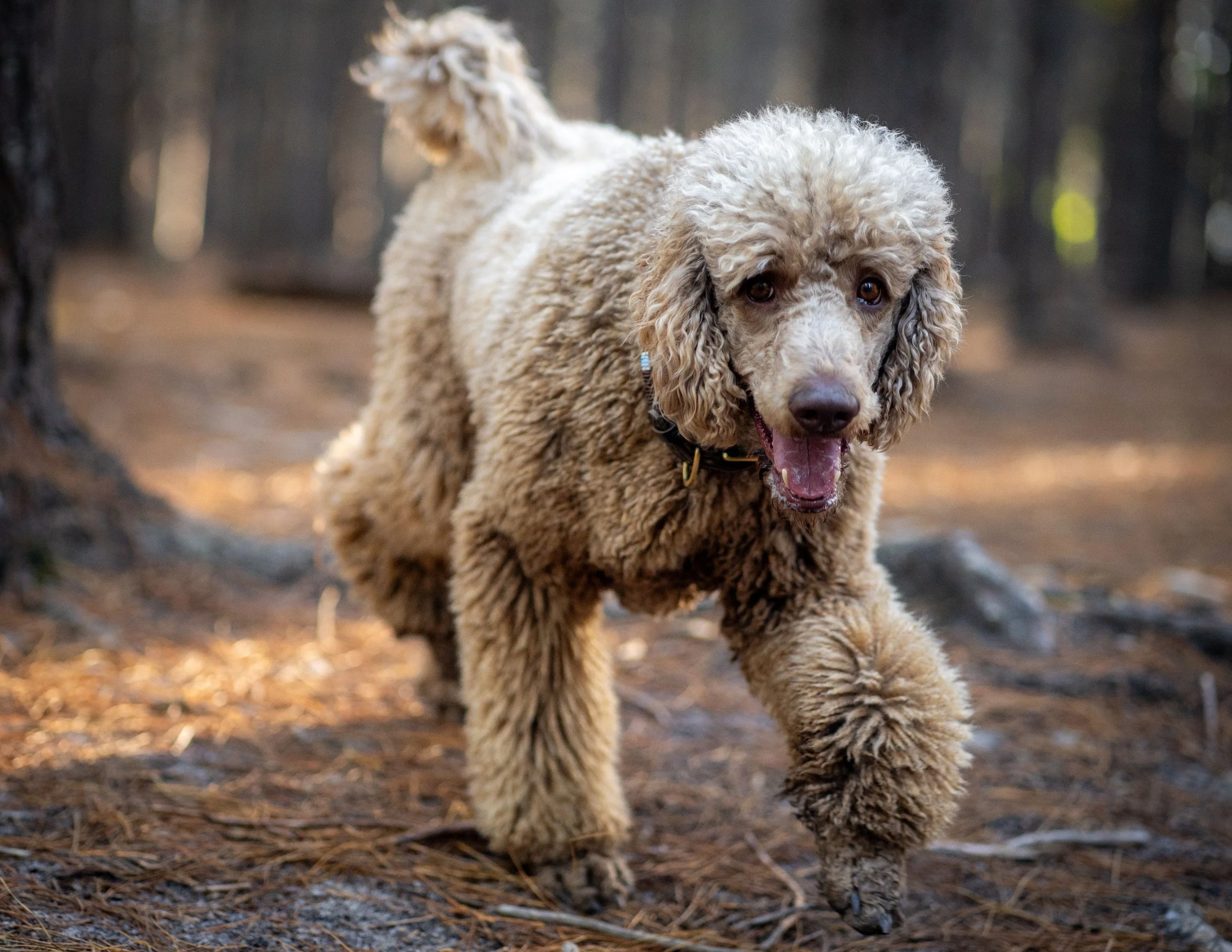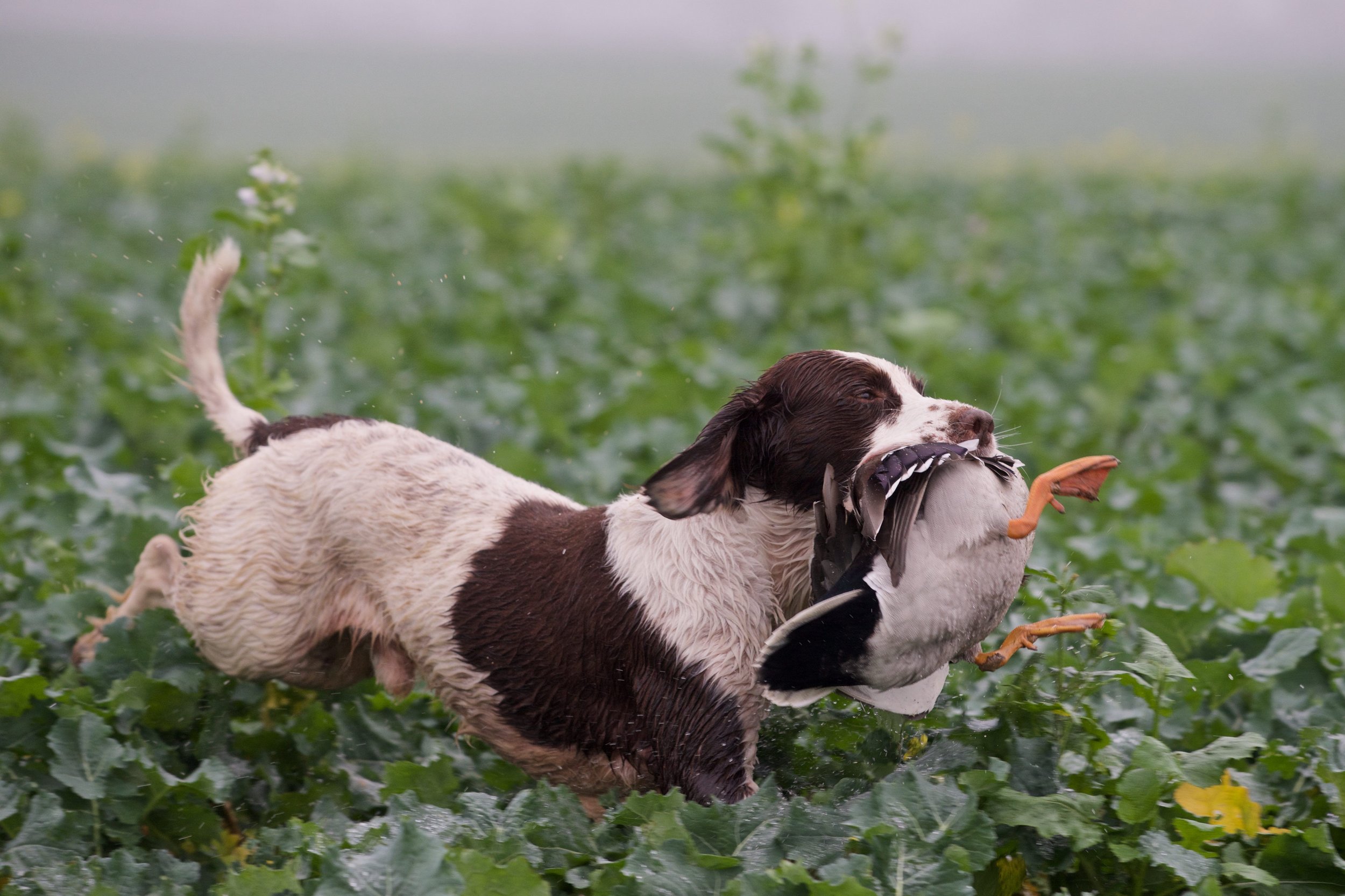Your Guide to Pheasant Season
‘Tis the season! No, not for presents, but for hunting pheasants! It’s that time of year again…pheasant season. Pheasant hunting is a unique, challenging, and exhilarating experience for both hunters and dogs. It’s the long-standing outdoor tradition where bird dogs can show off their innate skills, and all that training finally starts to pay off. It requires you and your dogs to work in tandem and showcases the remarkable partnership that can be achieved through it all.
Dog Conditioning
If you want to hit your limit during the season, then let’s look at another critical time, which is off-season. Building some of kind of off-season conditioning plan is vital for success when it’s time to go into the fields. Navigating fields of corn, milo, sorghum, as well as other terrains like thick brush, and tumbleweeds are all in store for your dog. Being able to navigate the land efficiently is not only important for your dog, but also being in top physical shape will allow your dog to breathe through its nose more, thus, allowing it more chances to pick up scents. During the summertime, it’s not only important to sharpen your dog’s skills, but to also increase their endurance. Increasing their endurance allows them to perform their best for longer periods of time, which in turn, gives you more chances of encountering more pheasants.
Dogs of All Kinds
Many breeds of dogs are adept at the task of pheasant hunting. It takes versatility in a bird dog to hunt these fowl. Several different types of bird dogs, such as pointers, flushers, and retrievers can all show impressive results when working the fields. Hunting these kings of upland fowl becomes a time for hunters and dogs to really test their abilities to work as a team. Reading and knowing your dog’s body language and understanding how they communicate becomes key in determining the results of your time during pheasant season. You may wonder what the most popular type of hunting dog is used during upland hunting, and according to Project Upland magazine..
Pointing at 54.04%
Versatile at 32.12%
Retriever at 22.42%
Spaniel at 11.2%
Ultimately, experienced hunters will say that all types of hunting dogs can show tremendous success in upland hunting. The type of hunting dog you choose may do better in certain areas than others, but what is more important is how well you and your dog are able to work together.
Those Roosters Are Clever
Despite their size and vibrant appearance, pheasants are masters of being able to disappear into fields and tall grass, and only exposing themselves at the last possible second. They employ tricks such as, flushing out of gun range, doubling back, and even sneaking right past you on foot. Pheasants learn quickly and they will fool even experienced hunters and dogs. Learning more about pheasants and their tactics will give you better odds when trying to hit your limit this season.
Knowing and Understanding Pheasant’s Habitats
Once you and your dog are both physically ready for the hunt, you must understand the land. Nothing can be more frustrating for a hunter, or their dog, than walking fields all day only to not encounter one rooster. You must recognize the quality of a field, but what determines the quality of a field?
Identifying a food source for roosters is step one. Fields of cut and standing corn, milo, or sorghum are all fantastic sources of food for these roosters. Look for the number of grasshoppers as well, as they are a favorite dish of the roosters. Large amounts of grasshoppers around a field can attract more of these gamebirds.
Finding a water source for a field becomes a second identifying feature in determining the quality of a field. Ponds, creeks, rivers, lakes, and pockets of water are vital for all life in the area, including pheasants.
The quality of land is determining the actual quality of the grass and coverage for the birds. As we stated earlier, pheasants are smarter than you think. They’re main tactic for survival, besides flying away, is hiding. Finding areas that would be suitable and ideal for hiding is going to attract more pheasants to that area. These fowl learn quickly, and they will employ every survival tactic in their arsenal to evade you and your dog. Using these three indicators; food source, water source, and quality of land are all things to watch for when choosing where you will hunt.
Before You Start Walking…
How do you and your dog manage a field? What’s your walking strategy when navigating the rows of crops, or walking through a tall field of grass? Giving your dog the best chance to track a bird’s scent is vital, and you achieve that by using the wind. Walk where the wind is hitting your face, allowing your dog the larger scent cone. Now that you’ve placed yourself to use the wind to your advantage, now it’s time to walk the edge of the fields. Pheasants enjoy hanging around field edges or in tree rows. These tree rows help offer protection from predators, as well as harsh weather conditions, such as high wind and heavy rains. Familiarize yourself with land bowls, check deep ditches. Pheasants have been called “ditch parrots” before, so understanding why will give you better chances of finding them!
Once All Said and Done
Pheasant season can be a time of challenges, and it can really test you and your dog’s abilities as hunting partners. Knowing how to prepare, where to go, and what to do will give you the best chances at hitting your limit this season. Keeping your dog’s energy levels is vital as well, and it all starts with nutrition. Choose Sportsman’s Pride Professional dog food to ensure your dog has the right fuel to keep them going all day.
























